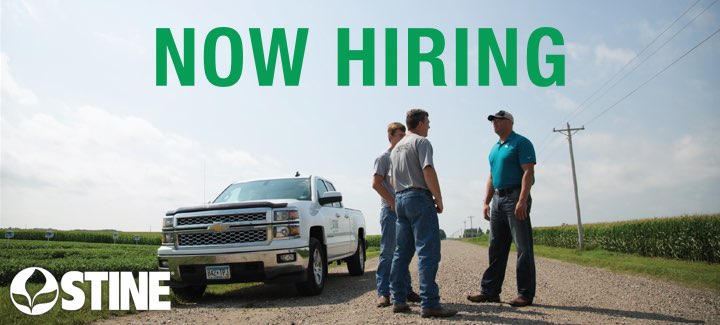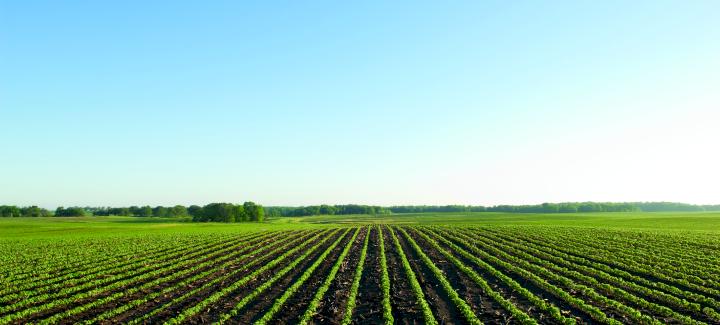Stine Seed Blog
Stine’s Ask the Agronomist blog is your source to the latest information from our expert team, including advice and insight on field practices, product recommendations, planting and harvest updates, new technologies, crop management, innovative research and information about how to keep your farm operation running smoothly year round.
-

How to Manage your Prevent Plant Acres
June 2019 in Agronomy
-

Anthracnose Leaf Blight: What You Need to Know
June 2019 in Agronomy
-

Soybean Rolling: Does It Work?
June 2019 in Agronomy
-

Crop Progress Update: What We Know, What We’re Hearing
June 2019 in Agronomy
-

Why Plant My Normal Grouping of Soybeans This Late in the Game?
May 2019 in Agronomy
-

Traits and Tips for Managing Black Cutworm
May 2019 in Agronomy
-

Scout for Tar Spot this Growing Season
May 2019 in Agronomy
-

Don’t Switch Hybrids … Yet!
May 2019 in Agronomy
-

Planting Progress: Who’s in the Field, Who’s Waiting It Out?
May 2019 in Agronomy
-

Weed Control: A Top-of-Mind Concern … Always!
April 2019 in Agronomy
-

Choose Stine for Your Next Career Move
April 2019 in General
-

Save Yield, Increase ROI with Stine XP Soybean Seed Treatments
April 2019 in Agronomy



